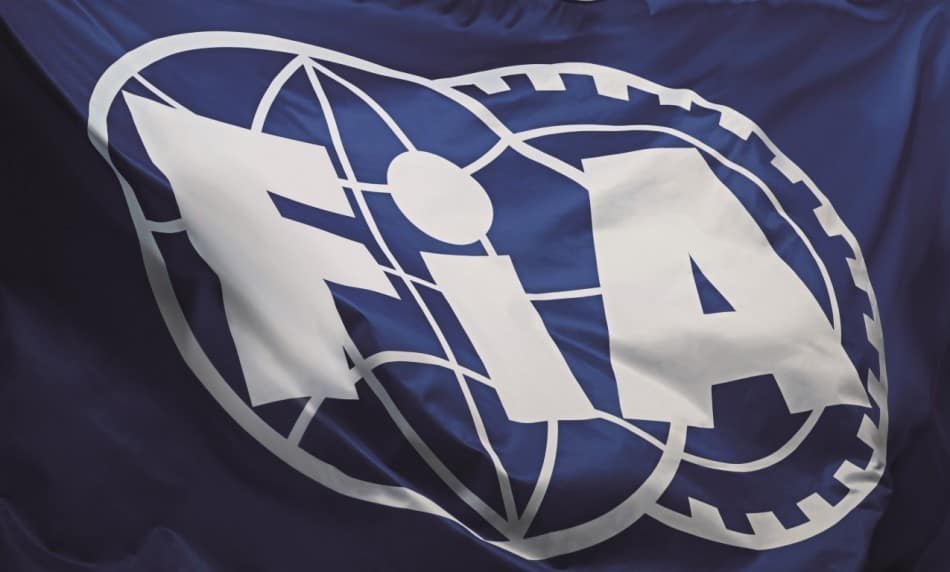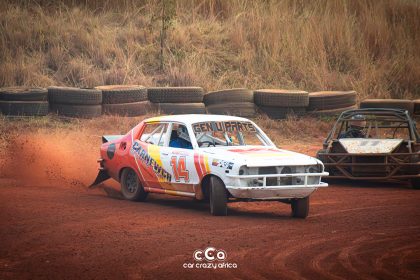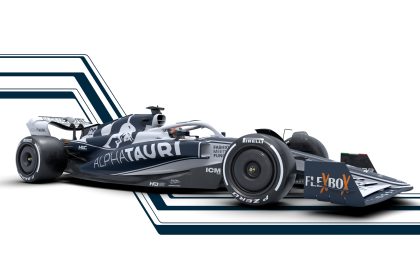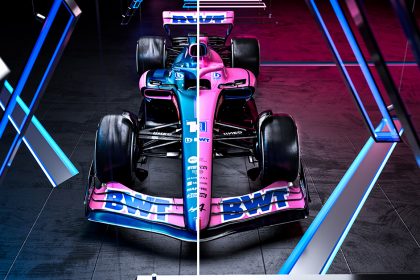The World Motorsport has approved the long-awaited F1 2026 power unit regulations. These include some technical regulation changes for the 2022 and 2023 seasons. These regulations are to reinforce the FIA’s ongoing commitment to innovation and sustainability. They were also seen as key factors in delaying Porsche’s partnership with Redbull and possible entry of into F1.
2026 F1 Engine Highlights
Internal Combustion Engine (ICE)
The internal combustion engine will target a power output of about 400kW or 540hp (down from about 700hp). It will remain a 1.6litre V6 engine with an unchanged RPM limit. Regulation changes will mean that the rules for the lower part of the engine will be more prescribed. With more freedom in design and competition reserved for the upper portion of the engine. The revised regulations will also aim to simplify the ICE, by removing the MGU-H and variable trumpets and related systems. The standardisation of more parts and exclusion of higher-cost materials aim to reduce costs throughout the season.
Energy Recovery System (ERS)
To compensate for the reduction of power from the ICE, the ERS will increase in power to 350kW. The hybrid systems will be a key area of competition between teams and there will be more freedom in terms of designs. Relevance to road vehicles will be paramount in the development of the cells, MGU-K and supporting electronics. There will be regulations relating to the safety and policing of the ERS and limits that require recycling of or limited use of critical materials.
Fuel
Fuel sustainability is of paramount importance for the sport and the new regulations state that all fuel components must come from sustainable sources – either non-food-bio-derived, from genuine municipal waste or from sustainable carbon capture. Therefore no new fossil carbon will be in the fuels used in Formula 1 and therefore no new fossil carbon will enter the atmosphere from a Formula 1 car exhaust.
F1 2022 & 2023 Regulation Changes
For the remainder of the 2022 season, starting at the Belgian Grand Prix, there will be newly defined measurements relating to the floor stiffness around the measurement holes. A change expected by many in the paddock to affect Redbull and Ferrari. The wider changes however will take place starting 2023.
The main thrust of the 2023 rule changes is the eradication of aerodynamic porpoising, that many teams, particularly Mercedes, struggled with at the beginning of the season. Although the problem seems to have all but disappeared. Vertical oscillations will now need to be monitored by new sensors. Vehicles that exceed the new limits will be deemed unsafe. In addition to these new sensors, new regulations relating to floor stiffness, edge and diffuser heights will be introduced to lessen the likelihood of porpoising.
The second major change going forward relates to the strength of the roll hoop. This was neccesitated after Zhou Guanyu’s horror crash at Silverstone earlier this year. An investigation showed that the current regulations allowed for testing of the roll hoop at a point lower than intended. Therefore it would not provide the intended levels of safety. The new regulations also require a more rounded roll hoop to prevent it digging into the gravel as was seen at Silverstone.
With the finalisation of these regulations, an announcement from Porsche and Redbull seems imminent. F1 fans will also be eager to see how the new floor regulations affect the leading teams and if will be to Mercedes advantage.











